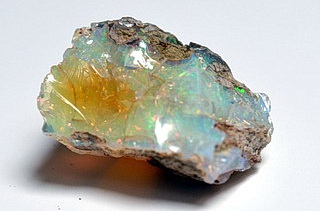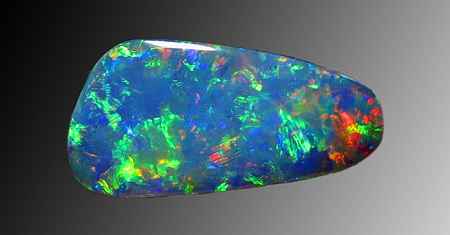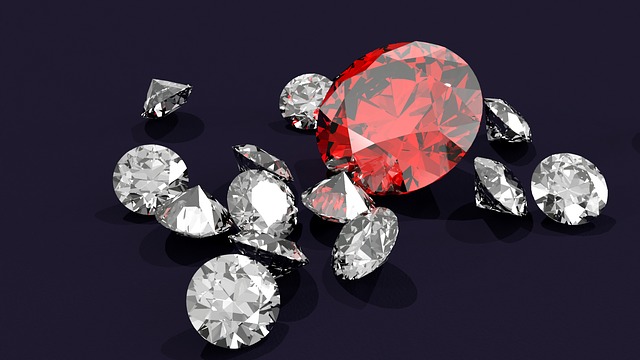
There is a wide variety of gemstones available on the market that can be used in jewelry. Choosing the best stones to include in jewelry pieces can be a little challenging since many factors have to be taken into consideration, such as the price.
With a myriad of gemstones in the world, some are quite affordable, while others are pretty expensive. This doesn’t mean that low-priced gemstones aren’t desirable.
What Determines the Price of Gemstones?
Hardness
One of the primary factors is its hardness. The higher the ranking on the Mohs hardness scale, the higher the durability of a gem. For instance, with a ranking of 10 on the Mohs scale, diamonds are by far, the hardest mineral that is completely scratch and damage-free.
Light
Light is another major factor that impacts gemstones’ price. While some don’t fade or change color from exposure to light, others do. Naturally, people prefer stones that offer the same look years later, as they did initially.
Availability
Here the rule of supply and demand is followed, but not always. Let’s look into this further. The abundance in which gems are available can determine their prices. Certain gemstones that are widely available are considered more affordable than others. However, some rarely-occurring stones also have a pretty high price.
Today, almost all gems can be synthetically re-created with technology. Many fashion jewelry pieces include man-made stones so that they can offer lower prices to their consumers. However, there are still many people searching for natural and affordable stones for their jewelry. If you’re one of those people, then you’ve come to the right place!
Here is a list of the most affordable gemstones in the world:
Amethyst
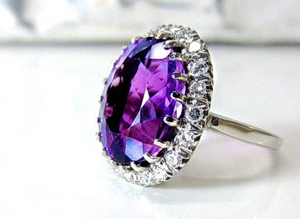
Amethyst is a beautiful gemstone that belongs to the quartz family. Not only is this gem found in abundance, but it is also incredibly popular.
The ancient Greeks used to wear amethyst as jewelry. Those who believe see this mineral as a tranquilizer to help people who are suffering from stress.
Agate
Just like amethyst, age is a member of the quartz family, belonging to the chalcedony variety. Agate occurs in a myriad of colors, including white, red, gray, pink, black, brown, and yellow. These colors are typically caused by impurities during the formation process. Agate has a hardness rating of 7 on the Mohs scale, making it equally durable as amethyst.
Tourmaline
Tourmaline is a popular gem that is available in various shapes. The Paraiba variety of tourmalines is especially popular due to its eye-catching colors. Adding tourmaline to your jewelry can give you a stunning look without breaking the bank. With a hardness of 7-7.5 on the Mohs scale, this gemstone is durable and long-lasting, especially if proper care is taken. The value of a tourmaline typically depends on its sparkle. A well-cut gem brings out a brilliant sparkle, while a poor cut causes the tourmaline to lose its value.
Turquoise
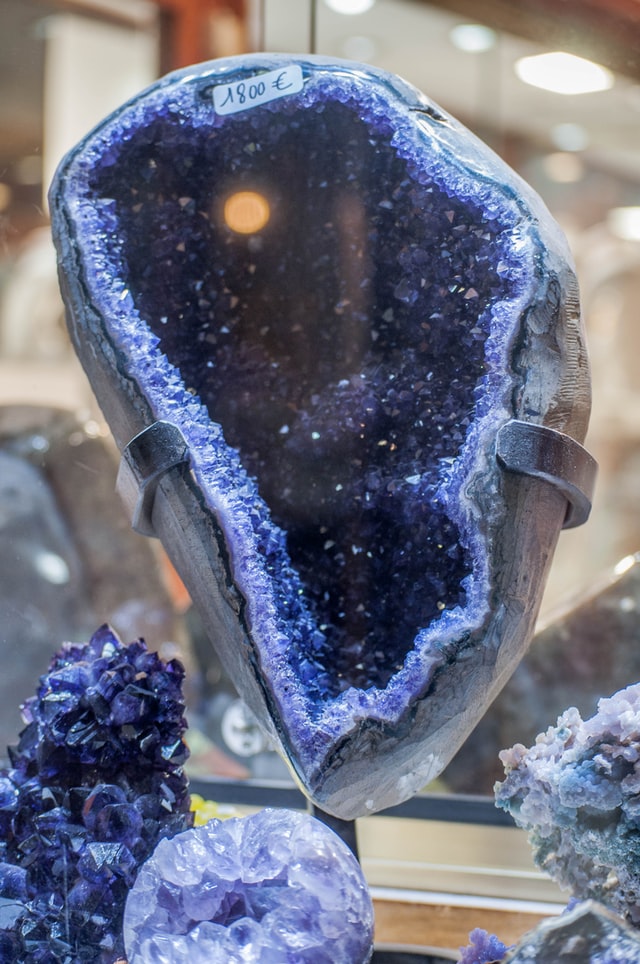
Also known as the Feroza stone, Turquoise is a fairly valued and favored gemstone. Being one of the only gems named after a color, this stunning gem is sure to grab people’s eyes.
Not only is turquoise popularly used in jewelry but it is also popular for mystical blessings. Turquoise has a hardness rating on the Mohs quantifier of 5-6, making it comparatively less durable than other stones. However, with proper care and maintenance, you can make your turquoise jewelry last a bit longer.
Tiger’s Eye
This metamorphic rock typically has a brownish-pink shade with a glossy appearance, but it is found in various other colors as well. The tiger’s eye has a certain distinct radiance to it. With a silky texture, this stone is often cut in cabochons to be used in jewelry. The tiger’s eye gemstone has a rating of 7 on the Mohs hardness scale, which means that it is fairly durable to be used in jewelry.
Citrine
Like amethyst and agate, citrine also belongs to the quartz family. The natural occurrence of this fine mineral is quite rare, which is why amethyst is heated to form the yellow-orange color of citrine. With colors varying from yellow-orange tones to deep red-orange tones, citrine looks fantastic in any setting. Citrine has a hardness of 7 on the Mohs scale and a pretty low per-carat price, making it an affordable choice for jewelry.
Garnet
Although known for its vivid red color, garnet is found in many other colors as well. They typically have a hardness between 6.5 and 7.5, making it a fairly durable semi-precious stone. While garnets are often great for other jewelry pieces, they aren’t recommended for engagement rings since they scratch easily.
Onyx
Like many other gemstones, onyx is a type of chalcedony stone that belongs to the quartz family. it is abundantly found and mined in many countries across the world. The gem is popular because it can be dyed easily. However, most people choose to wear it in its natural state. Onyx has a hardness of 7, which makes it fairly durable.
Rose Quartz
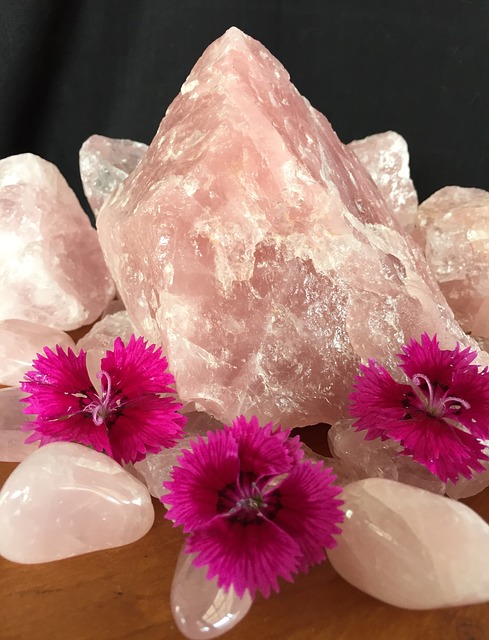
Rose quartz is another very popular gemstone mainly due to its stunning pink color. Also known as the stone of love, rose quartz is found abundantly, and is, therefore, pretty inexpensive. Rose quartz typically features inclusions that appear like white veins. Rose quartz also has a hardness of 7 on the Mohs scale and can be used in various jewelry pieces.
Wrapping Up
Gemstones have varying prices that are dependent upon a lot of factors. While precious gemstones are extremely expensive, there may be certain semi-precious stones that are pricey, too. However, most semiprecious stones are easily available at affordable prices, making them more accessible for people to use. Choose any one of the most affordable gemstones in the world listed above to include them in your next jewelry piece!

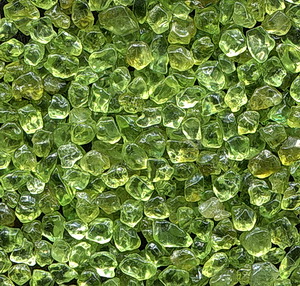
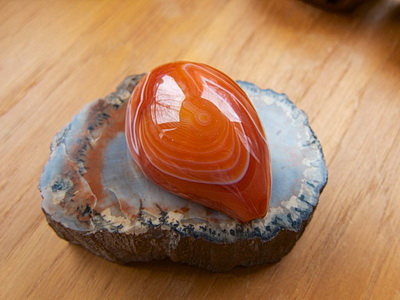
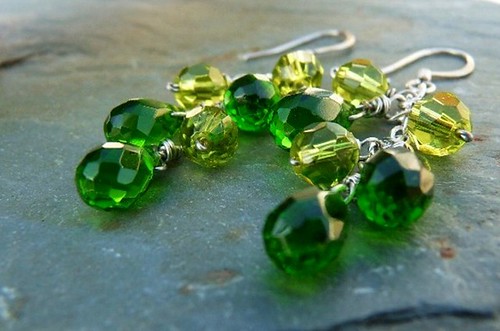



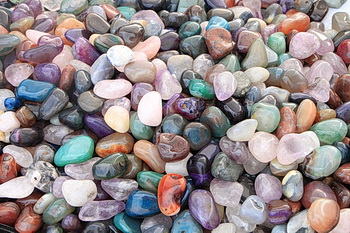
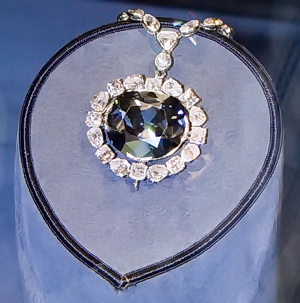
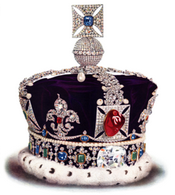
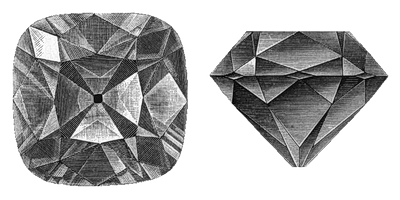

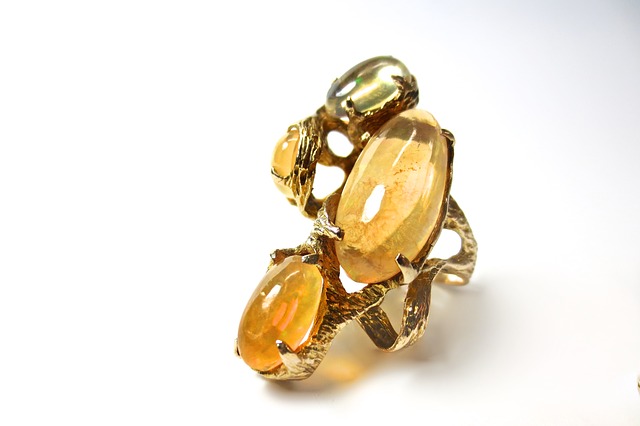
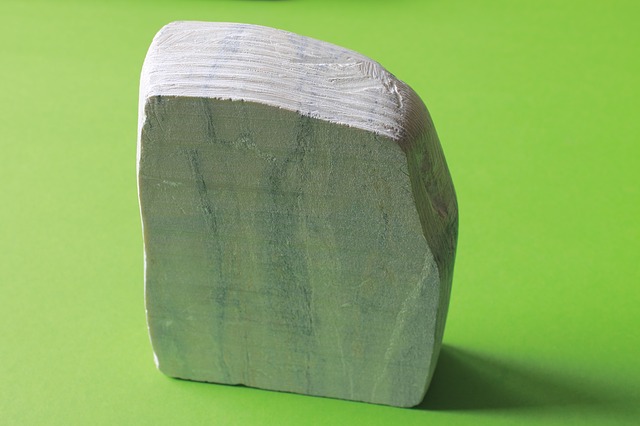
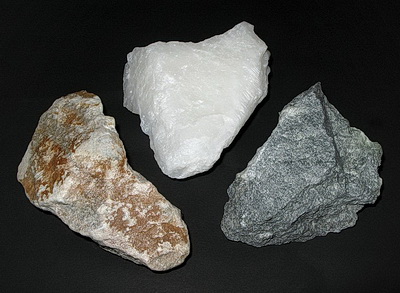

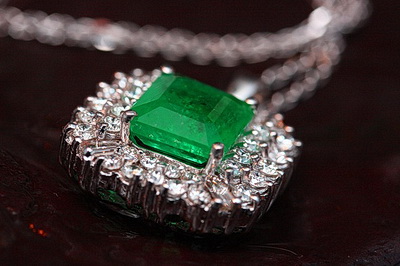
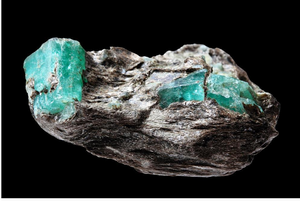 Emeralds
Emeralds